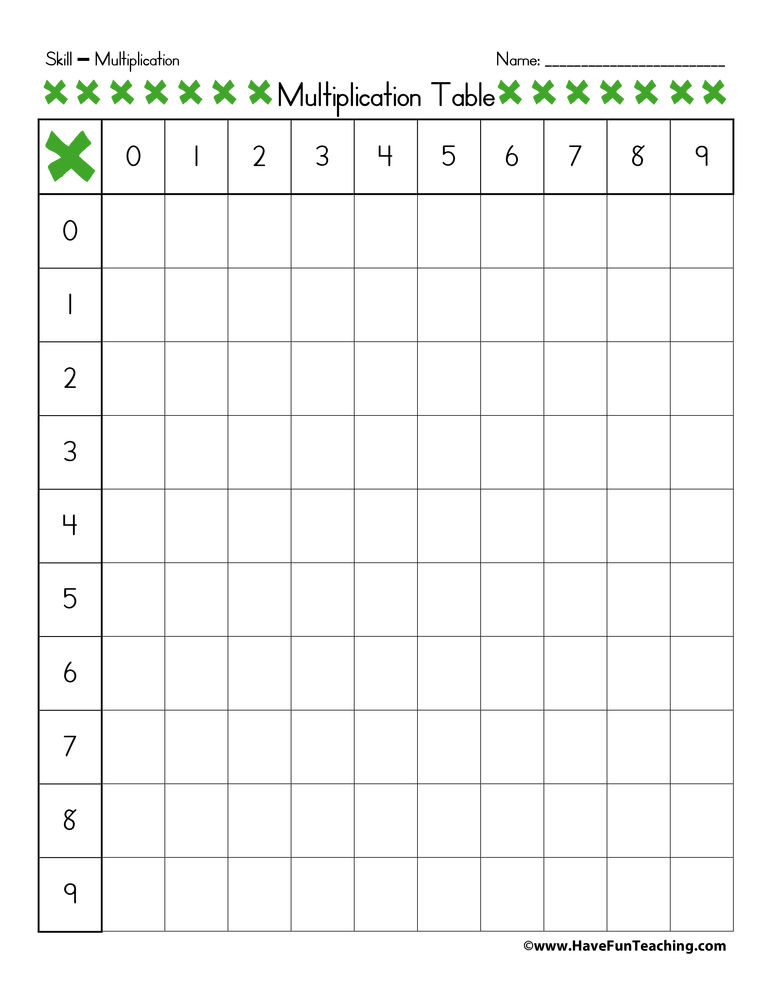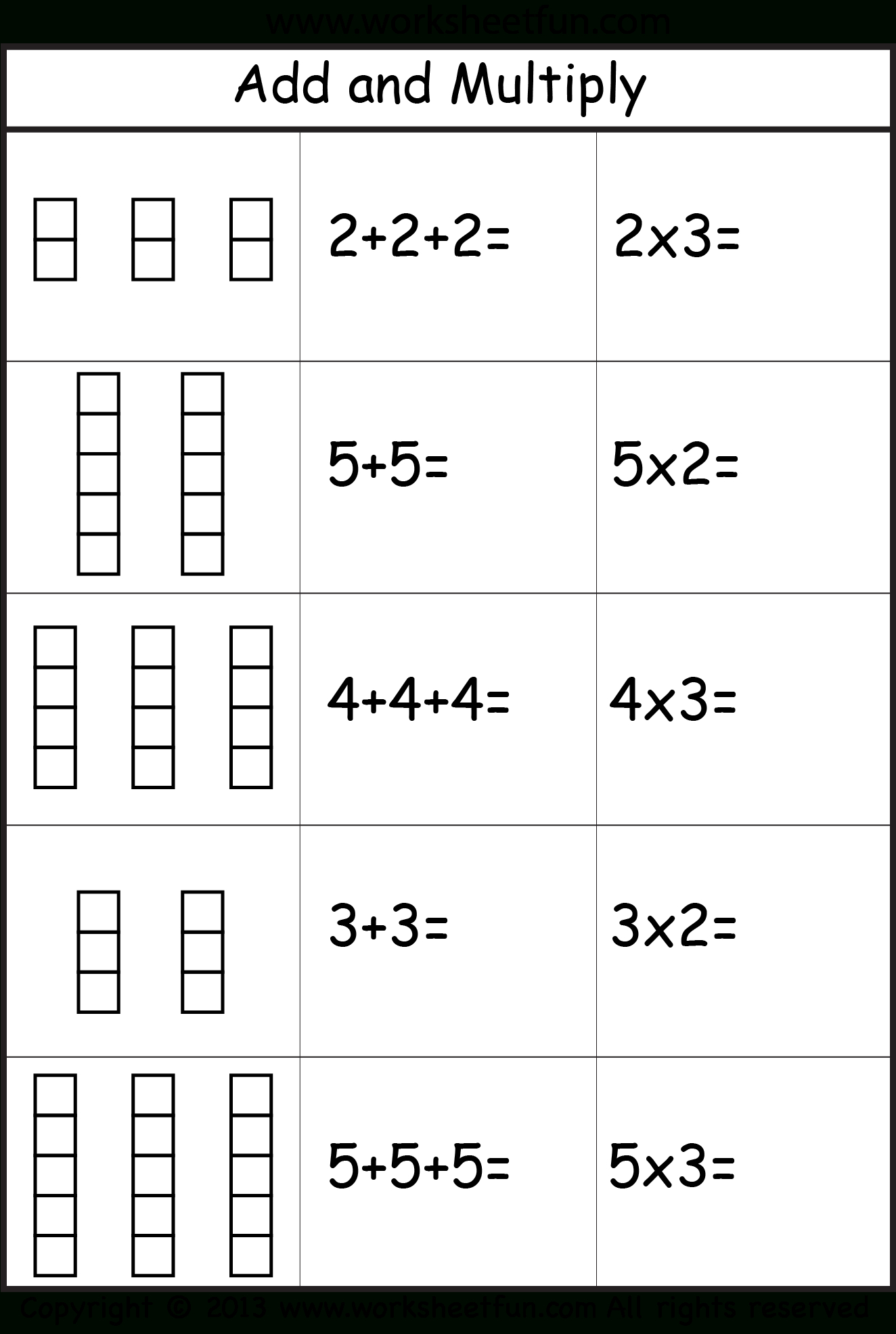
If you have given your child a good initial multiplication training, it’s going to help them in the long run and be very beneficial in higher grades. In order to get promoted to higher grades and start solving complex mathematical problems, kids need to be proficient in the art of multiplying numbers. Make sure to involve them during the process because this will make them more interested.Multiplication tables are a huge landmark in kid’s mathematical studies. If you can’t find one that you think suits your child’s needs, you can always compose. This is why you should also play some multiplication songs available on Youtube to aid in their memorization of the multiplication chart. Let’s admit it, some kids learn faster through listening than watching or reading. Below are some of the strategies that work: There are also some ways to reinforce your child’s skill in memorizing multiplication tables. and only look back at the table if they need a hint 4. Have kids count by 3s, 4s, 5s 6s, etc.Cover up boxes with a small piece of paper and quiz kids for what is beneath.Look carefully for patterns, duplications, repeats, and other interesting facts (for example: the diagonal down the middle shows perfect squares and 7X8 and 8X7 both = 56).Use a multiplication chart (or better yet, have your kids create one).* Be amazed at how quickly kids learn their facts when playing this game on a regular basis. * Allow kids to “cheat” off times table in beginning, if they need it – The player who gets all the cards, wins! a four and an eight = Say “28”) gets the cards – The first player to say the fact based on the cards turned over (e.g. Since flashcards are visually appealing, kids become more engaged in memorization. Colorful flashcards are handy in showing kids how numbers double. And once they already recite it without looking, have them memorize up to 9 x 5. Your child can start with the 5 times table. Chunking is the process of memorizing the times table in chunks. Several activities are proven to make learning multiplication tables easier. They also store the information they learned in their long term memory which is the goal of all of these. Through different activities, your kids are not only introduced to the concept of multiplication tables. Train your child’s memory through different techniques

To make this strategy more fun, you can have them recite it through a tune. Meanwhile, skip-counting by 3 goes like this: 3, 6, 9. For example, skip-counting by 2 is 2, 4, 6, 8, 10, and so on. The concept behind this is simple: count forward any number other than one. Skip-counting is a fun and easy way to familiarize your kid to multiplication tables. If in case there are other kids at home, you can ask them to pair up and recite the table to one another without looking at their paper. They do not have to read it fast, because this often leads to confusion. Another effective way of teaching multiplication tables is by having your child recite all the numbers in a forward and backward manner.

Provide colors and markers that they can use in drawing the boxes and writing the numbers. How can you do this? Instead of printing their own set of multiplication tables, buy or print a large poster and have them copy it to a piece of paper. Before you ask your kid to memorize, you have to engage and maintain their interest in what you will teach.

#EASY MULTIPLICATION TABLE HOW TO#
This is the reason why most students fail to learn how to multiply and even commit mistakes even though they are only dealing with single numbers.

Pressuring your child or your student to memorize the multiplication chart in just one sitting is just plain harsh. Familiarize your child with multiplication tables


 0 kommentar(er)
0 kommentar(er)
